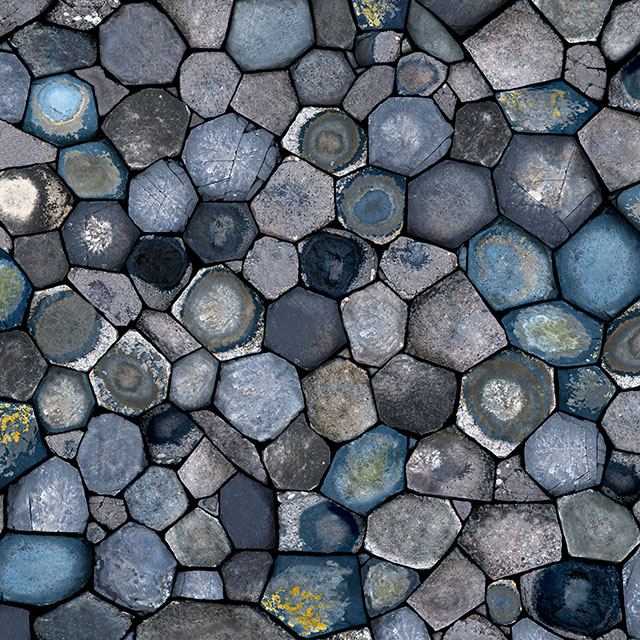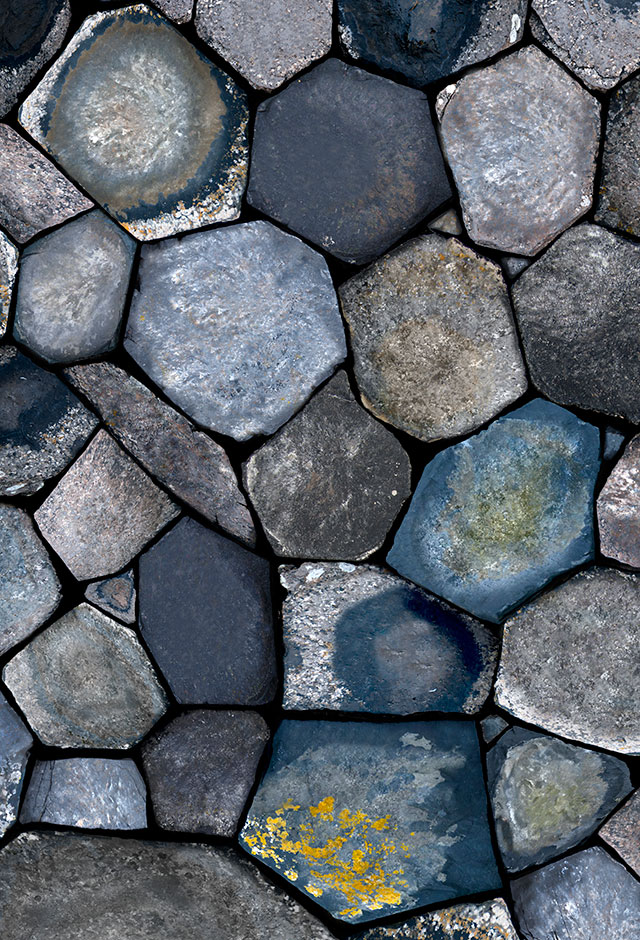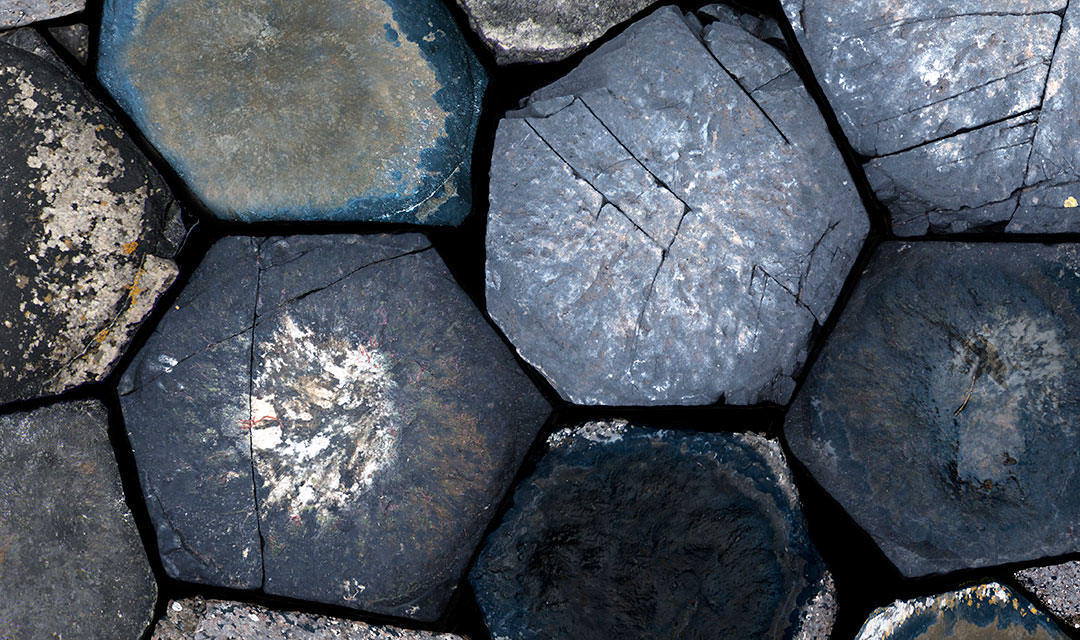For ten years I have dealt with landscape as a theme in my work, beginning with the familiar landscape of my home country and then travelling to explore less familiar terrains. After living for four years in Tokyo, exploring the metropolis, I found myself re-visiting the landscape of Ireland with a new perspective. On Foreign Ground is part of a new body of work, which explores human habitat and the boundaries we envisage between man and nature. While working on the body of work Outside In, part of my doctoral research that focuses on city-view observatories, I was struck by the organic nature of the cityscape from this viewpoint. While this may seem contradictory, it is more a matter of scale and perspective. When viewing the city from any great height, the geometric forms of buildings, collectively, begin to take on more natural forms. The curving contours of the distant skyline are reminiscent of low-rising hills and planes, gradually flattening out at the fringes of the city, once again meeting the natural landscape at its limits. When viewed from space, the distinction between the man-made and natural environment becomes lesser still, with the clearest delineation of space being between the oceans and the land. At this scale, the traces of man and the man-made are very few indeed. It was with this thought in mind that I decided to re-visit the Irish landscape. The Giant’s Causeway formed approximately 50 million years ago as a result of volcanic activity, and comprises an estimated 40,000 basalt columns. It is thought that Ireland has been populated for 9,000 years. In these 9,000 years, the causeway has been seen again and again by countless generations. In early Irish legends, it is said that the causeway was built by giants (hence the name), with the fact of its volcanic origins only coming to be understood in more recent times. However, even armed with the basic scientific explanation of the method through which this remarkable landscape was formed, it is still difficult to relate this ‘structure’ to the familiar forms that the natural landscape usually takes. This particular work is composed of dozens of photographs taken at the Giant’s Causeway in 2013. I wanted to see whether the artificial-looking forms of the basalt would look more or less natural if I were to re-structure the grid myself. Through this process, the grid becomes less regular, and there is more variety in the shape and colour of the stones. However, with my intervention—making the grid a man-made form—does it appear more or less natural?


